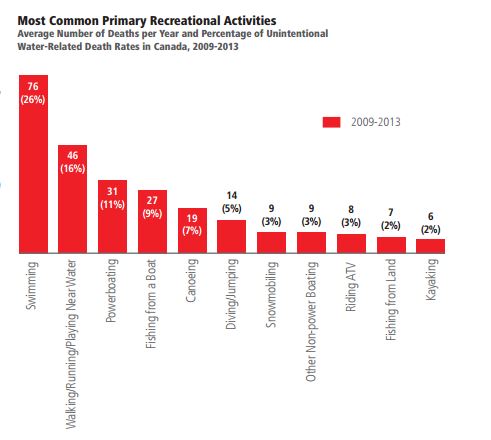The body of a young man was retrieved from Penhorn Lake in Dartmouth Wednesday morning.

The victim is a 20-year-old man. Police say he was swimming Tuesday evening at the public beach when he failed to resurface.
READ: Halifax police investigating possible drowning at Penhorn Lake
Emergency officials combed the water Tuesday night looking for any sign of the man but were unsuccessful.
Victim found 10 meters from shoreline
The RCMP Underwater Recovery Team was called in Wednesday morning, where they located the man 10 meters from the shoreline.
“We were requested as the dive team to come up and look for an individual who went missing,” said Sgt. Ross Burt, RCMP Underwater Recovery Team.
“We were there at 8 o’clock this morning. We commenced a search and we were doing what’s called a land based pendulum search. After about 10 minutes of searching we located the victim in the water.”
The victim’s name is not being released by authorities.
His death is a sad reminder of the many dangers associated with the water.
WATCH: ‘It’s a miracle’: Toddler wakes from coma after drowning with no complications

Most drowning victims are male
According to the Lifesaving Society of Canada, the vast majority of drowning victims in our region are men.

Get daily National news
A 2016 report shows that 9 out of 10 drowning victims in the Maritimes are male, which is higher than the national average.
In Nova Scotia, 95% of the drowning victims were male while in Price Edward Island, all of the drowning victims from 2009-2013 were men.

In the Maritimes – and nationally – the highest drowning rates by age were found among young adults 20 to 24 years old.
Recreational activities – like swimming, fishing and powerboating – continue to account for the greatest proportion of water-related fatalities.

READ: Swimmer missing in Lake Banook
Experts urge commonsense, caution this summer
With the weather now getting warmer, experts are urging people to use common-sense and take precaution when doing activities in or near the water.
The Lifesaving Society says drownings are most likely to occur during the spring and summer in natural bodies of water – like the ocean, lakes, and rivers.

“We haven’t gotten into peak season. July and August are the highest two months where there’s more water activity. People are around boats and going to the beach and going fishing, more in the July and August time period,” said Paul D’Eon, Lifesaving Society.
“We’ve been fortunate. We haven’t had too many boating-related, which you usually get in May, June, when the fishing season starts. We urge people to take caution and be careful when they’re out there.”

D’Eon says there are a few simple things that people can do to protect themselves this summer.
For example, don’t overestimate your abilities in the water, swim with a buddy and leave the alcohol at home.
“When the lifeguards come on, swim in a life guarded area but simple things like keep your eyes on your kids. Wear life jackets or PFD’s. Very few people drown with life jackets and PFD’s on, so that’s one of the things that can save your life.” said D’Eon.
Across Nova Scotia there will be supervised beaches beginning July 1.
WATCH: National lifesaving championships draws top lifeguards to Parlee Beach









Comments